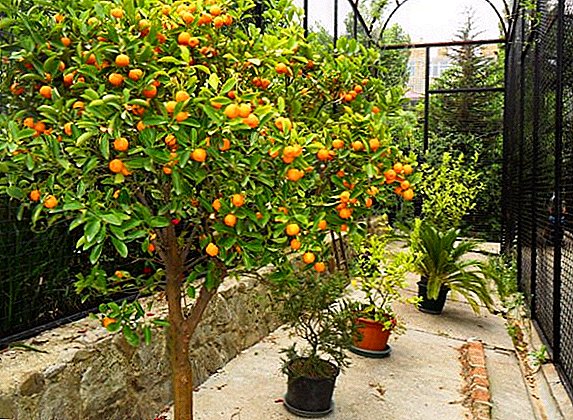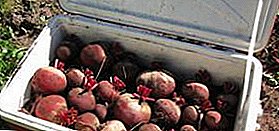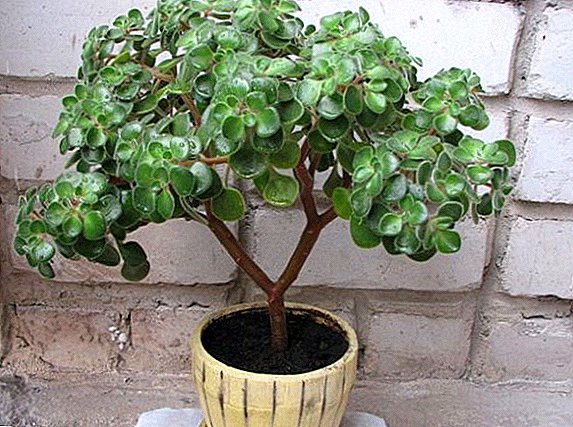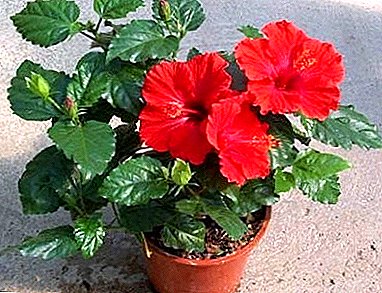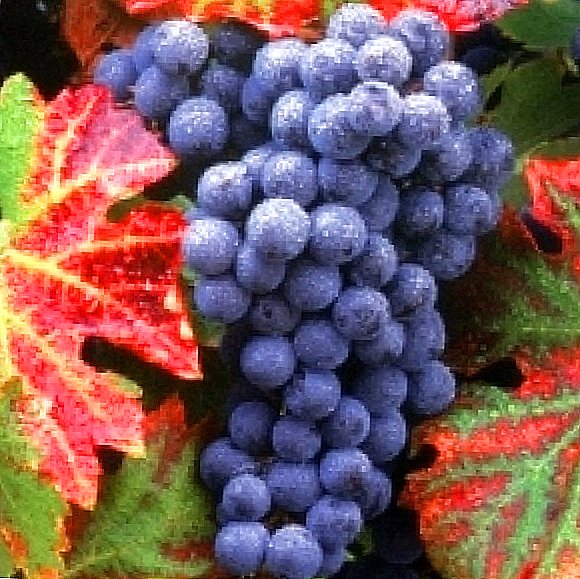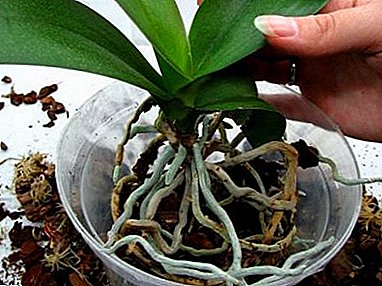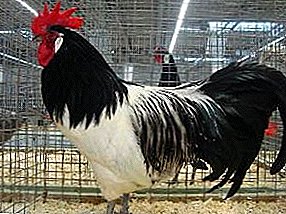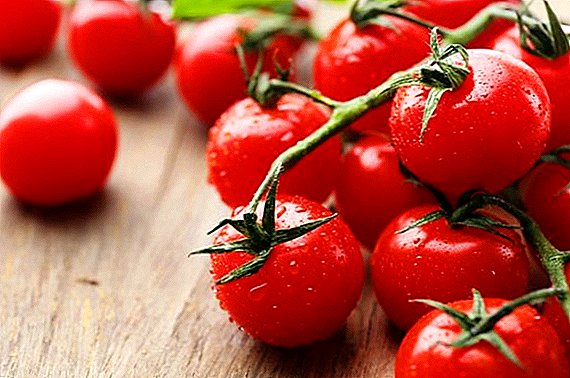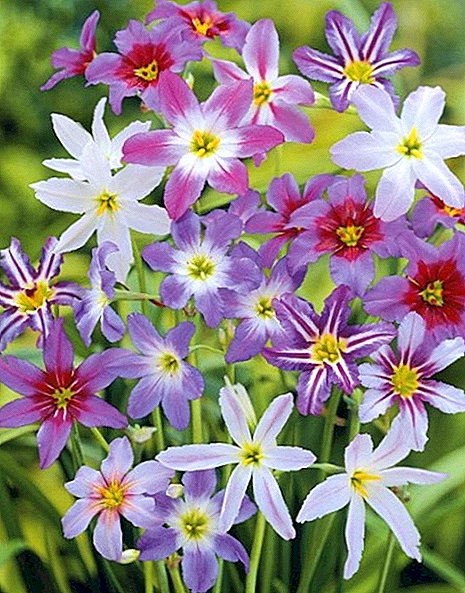 If someone wishes from a small onion to immediately receive a whole bunch of beautiful flowers, then he should pay attention to levkokorina.
If someone wishes from a small onion to immediately receive a whole bunch of beautiful flowers, then he should pay attention to levkokorina.
Actually, flower growers of Europe paid attention to this transatlantic guest a long time ago, however, it did not receive wide distribution in the gardens of the Old World due to its passion for the desert heat and the lack of perception of winter cold.
But in the form of pottery culture, this flower is gaining new positions due to its undoubted decorative qualities.
Botanical description
The whole fifty species of levkokorina belongs to the onion herbaceous perennials and most of them smell like garlic, which some people like and others do not. But almost everyone is delighted with the flowers of white, blue and purple colors, which on the flowering plant delight the eye for a month.
But the blooming of levkokorina is not only long-playing, but also very magnificent. And this is not surprising, since a small 2-3 cm bulbous bulb produces several flower stalks at once, each of which is crowned with an umbrella inflorescence consisting of 5-7 or even 12 flowers. As a result, a miniature onion gives a whole bunch of spectacular flowers.
And the leaves on this plant appear only after flowering and are long, reaching 35 cm, narrow and corrugated at the edges of leaf blades with a groove in the middle. 
Did you know? One of the most "lazy" bulb flowers is the well-known snowdrop, which is awake only one and a half to two months a year, all the rest being resting under the ground.
Spread
This plant is endemic to Chile, preferring the desert regions there and not wanting to settle voluntarily elsewhere on the planet. Garden distribution of the flower in temperate latitudes is hampered by its tendency to dry climate and the fear of cold weather.
Therefore, in Europe, with the exception of the southern regions of England, levkokorina is cultivated in the open field only by digging up the bulbs for the winter and re-planting them in the spring. Much more widely, this flower is common as a pot culture. 
Application in landscape design
Blooming magnificently in June, levkokkorina decorates any place with bright colors for a month, wherever it is placed. It looks especially harmonious in rock gardens, that is, in the alpine slide created in the garden.
The number of the best flowers for the alpine slide includes: hohlatka, bells, young, flax, fescue, crocus, iberis and alissum.
Beautiful bright spots stand out inflorescences of this plant in flowerbeds and borders. And already almost classic was the revival of the garden and estate landscapes levkokorinoy in tubs.
Did you know? Bulb sizes of plants of the same name range from 30 centimeters across, with a weight of two kilograms in the Kesselring lily to one centimeter in diameter in the bow of Ostrovsky.

Growing at home
This flower is grown at home, both in the open field, and in quality, which happens more often, as a pot plant, it requires different approaches to its maintenance and care.
Conditions of detention
Since levkokorina is extremely light-requiring, to cultivate it in the open field should choose a sunny place. At the same time it should be protected from cold winds and, if possible, be on a certain elevation in order to avoid stagnation of water in the root system, which this plant does not tolerate in principle.
When growing a flower in pots, one should choose a window sill that is maximally lit by the sun. If possible, it is preferable to place pots with levkokorina on the balcony or loggia.
In addition to maximum illumination, another major condition for the successful maintenance of the plant is its complete protection from the effects of cold. 
Soil and fertilizer
This flower prefers sandy or loamy soils, which must be loose, very well drained and fertile.
We advise you to read about different types of soil, fertilizer systems for them, as well as to learn what are the basic properties of the soil, how to improve soil fertility.
Therefore, before planting, the soil must be fertilized with rotted manure or compost.
Important! In no case should fresh manure be used to fertilize these plants to avoid rotting of the bulbs and root system.
Watering and moisture
Immediately after completion of flowering should stop all watering, if the plant is in the open ground. If you find a flower in an apartment where there is a high temperature and low humidity in winter, the soil in the pot should be slightly moistened.  During the active growing season of levkokorina, it should be watered moderately, so that neither the flower beds, nor the pots and tubs in the root system have an overabundance of water. Otherwise, it can lead to bulb rot.
During the active growing season of levkokorina, it should be watered moderately, so that neither the flower beds, nor the pots and tubs in the root system have an overabundance of water. Otherwise, it can lead to bulb rot.
Vegetative reproduction
Levkokkorinu propagated by daughters. To do this, in August, the bulbs dig out and separate the children from them. Store them in a cool room in dry sand or peat. Plant the plant in the open field mainly in May in fertile, well-drained soil to a depth of four centimeters.
In February, a flower is planted in a pot or tub in February in wet soil. Usually take a wide tank of sufficient depth, since the roots of the plant stretch down. A necessary condition for this is the presence of good drainage at the bottom of the tank.
After the threat of frost has passed, the plant can be removed from the pot along with a clod of earth and transplanted into the open ground. And you can take a tub with flowers to the fresh air and decorate the surrounding landscape with it. 
Such garden flowers as the colchicus, hazel grouse Russian, narcissus, tulip, licoris, snowdrop, gladiolus, crocus, lily, Ixia, kandyk, allium, zephyranthes, hionodoksa, sparaxis, tigridia and dahlia also propagate with bulbs.
Relation to temperature
Without fear of heat, heat and drought, levkokoriny are extremely sensitive to low temperatures. Therefore, in Europe, with rare exceptions, the bulbs are dug up for winter and stored in cool and dry rooms.
Possible difficulties in growing
Being an ephemeroid, that is, a herbaceous perennial plant with a very short growing season, after the end of the flowering period, levkokorina needs rest. Therefore, with the potted method of cultivation, you have to artificially send a flower to rest, ceasing to water it.  Practically the same thing happens on open ground: after the termination of watering, the stalks of the plant gradually dry up, after which in August you can start digging out the bulbs.
Practically the same thing happens on open ground: after the termination of watering, the stalks of the plant gradually dry up, after which in August you can start digging out the bulbs.
Important! If, having stopped watering, a levkokorin artificially creates a period of rest, and then restart the watering of the pot plant under bright light, then it can be achieved multiple flowering within a year.
Diseases, pests and prevention
Some specific, inherent only levkokorina pests and diseases are not marked, but it can affect the diseases and parasites characteristic of bulbous plants:
- white rot;
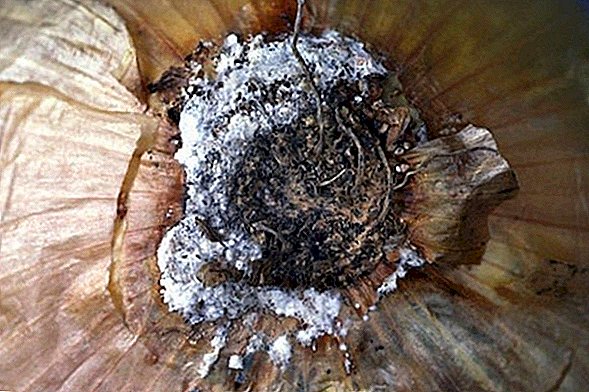
- gray rot;
- brown rot;
- bulbous tick;
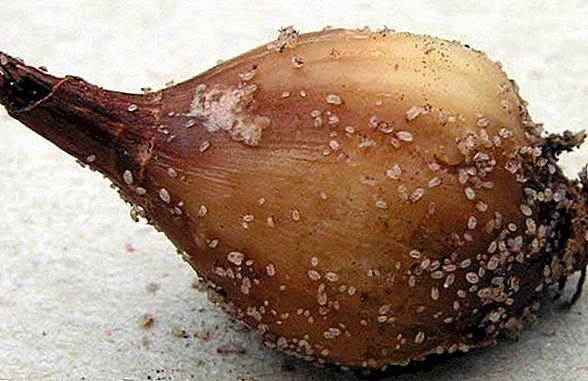
- aphid;
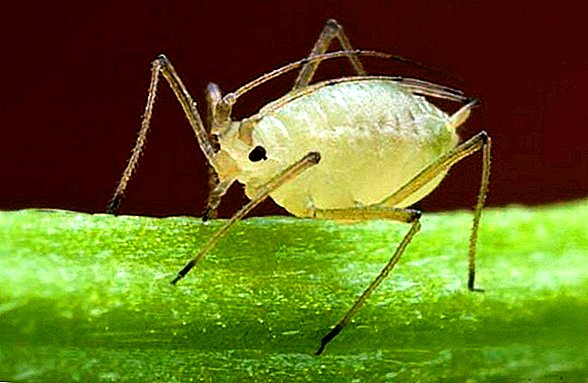
- scoops;
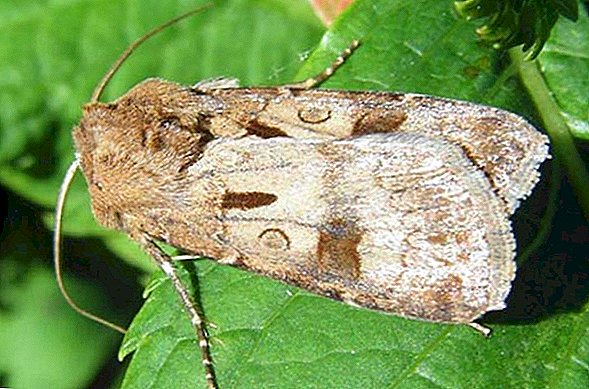
- onion hoverfly.

The most reliable way to prevent diseases and pest invasions are preventive measures, the main of which are:
- optimal soil selection, in which it must be borne in mind that plants are affected by acid fungi on fungal diseases, and on alkaline soils by bacterial diseases;
- moderate use of nitrogen supplements, the excess of which reduces resistance to fungal diseases;
- in sufficient soil application of potash and phosphate fertilizers, which strengthen the plant resistance to pests and diseases;
- carrying out regular weeding.
This overseas exotic flower with a no less exotic name in many garden farms and on windowsills in Europe feels almost like home.  People, imbued with the peculiar beauty and pomp of flowering of levkokorina, learned how to create optimal conditions for their maintenance, and she responds to the care with gorgeous, lively bouquets that adorn human life.
People, imbued with the peculiar beauty and pomp of flowering of levkokorina, learned how to create optimal conditions for their maintenance, and she responds to the care with gorgeous, lively bouquets that adorn human life.
Reviews from the network









